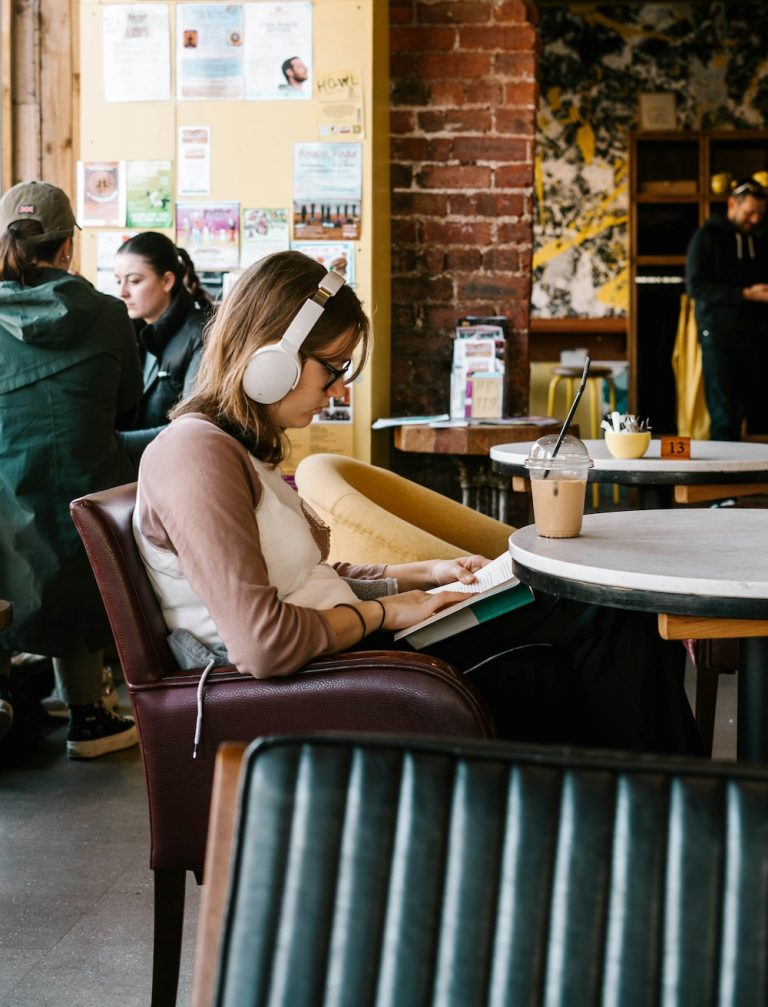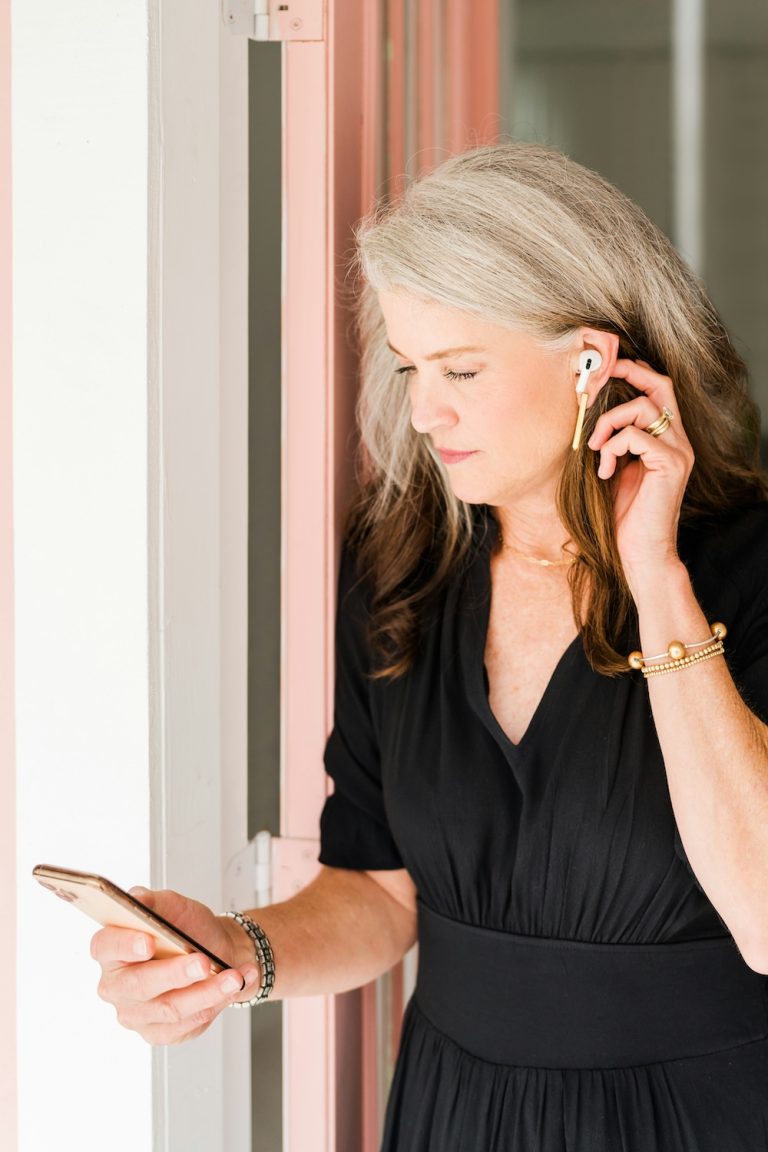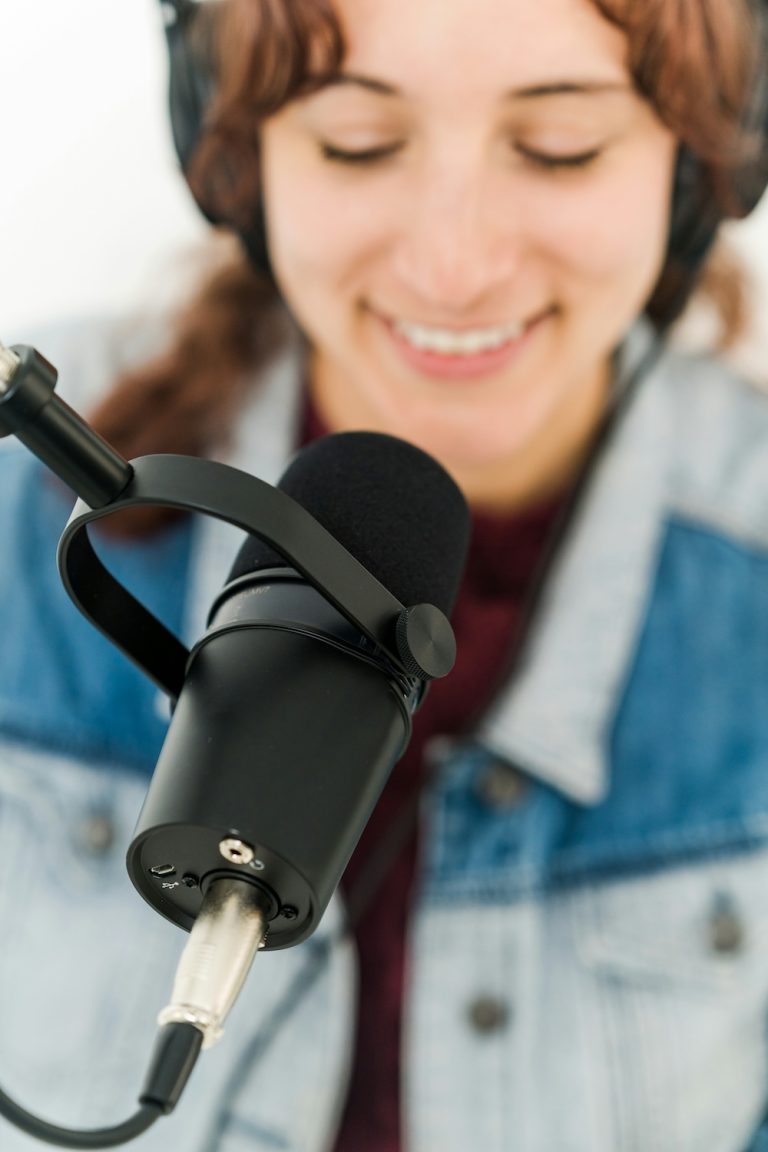By Danny Ozment, Founder of Emerald City Productions
Full Service Digital Marketing, SEO, Content Marketing, Ads, CRM, and Web Development
🔑 Key Takeaways
- DIY podcasting has become more accessible thanks to new technology, but it still comes with time and tech challenges.
- The most successful DIY podcasters are organized, tech-comfortable, and have support systems in place.
- Common hurdles include the time commitment, learning curve, and trying to narrow down too many ideas.
- Tools like Descript, USB microphones, and media hosts like Libsyn simplify podcast production for beginners.
- Outsourcing podcast production can save time, reduce stress, and ensure high-quality marketing assets.
Introduction
So you’re thinking about starting a podcast—and you’re stuck on the big question: Should I do it myself or hire a pro? As someone who has worked in podcast production for over six years, I’ve seen people succeed (and struggle) on both paths.
At Emerald City Productions, we specialize in full-service digital marketing—helping brands and professionals produce high-quality podcasts, create marketing assets, grow their reach, and ultimately save time and money. But we also work with DIYers who just need the right guidance.
In this article, I’ll walk you through the major pros and cons of DIY podcast production, the common pitfalls, and the types of people most likely to succeed going the do-it-yourself podcast route.
The Three Biggest Hurdles for DIY Podcasters
⏰ Time: The Most Common Deal Breaker
Starting a podcast isn’t just pressing record and talking for 20 minutes. There’s a serious time investment up front and week after week.
You’ll need to learn:
- How podcast listeners consume content
- Recording, editing, publishing, and promotion processes
- Which platforms to use (Apple, Spotify, YouTube, etc.)
Even planning one episode includes:
- Outlining content
- Scheduling interviews
- Recording (with inevitable retakes)
- Editing (which can take hours for perfectionists)
- Uploading to media hosts
- Promoting on social and via email
And this doesn’t even include repurposing your podcast into other marketing assets—a major opportunity you shouldn’t overlook. Most DIY podcasters spend 1–3 hours per week per episode, minimum.
💻 Tech: Friend or Foe?
The tech side can make or break your podcast dreams. If you’re not already familiar with audio equipment and editing software, it can feel overwhelming.
You’ll need to consider:
- Microphones (USB vs. XLR, dynamic vs. condenser)
- Audio interfaces
- Recording software and digital audio workstations (DAWs)
- Room acoustics and sound treatment
- Noise reduction and mastering
- Publishing platforms and RSS feed configuration
- Email automation, social scheduling, and analytics
And that’s just scratching the surface.
But here’s the good news: Tech is way easier now than it used to be. You can podcast with $150 worth of gear, and apps like Descript simplify editing dramatically. You no longer need a $5,000 studio setup to sound professional.
🎯 Too Many Ideas, Not Enough Focus
Many aspiring podcasters get paralyzed at the starting line because they can’t choose a topic.
You might have five interests:
- Your business
- Your hobby (like watch collecting)
- A favorite TV show you want to podcast about
- A community issue you care about
- Industry trends you want to comment on
But the key is to focus. Trying to reach everyone often leads to reaching no one.
Successful DIYers narrow their audience and content strategy. They figure out what excites them, what their audience needs, and where their expertise lies. Whether you’re niche or broad, you need clarity and consistency.
The DIY Podcasting Tech Stack: Easier Than Ever
Let’s talk gear and software. Tech used to be the biggest obstacle—but not anymore.
Here are tools that have simplified the do it yourself podcast process:
🎙️ Equipment
- USB microphones: Plug directly into your computer, no interface needed.
- Brands like Blue Yeti or Samson Q2U are affordable and sound great.
- Acoustic treatment can be as simple as recording in a closet or using foam panels.
🧰 Software & Apps
- Descript: A game changer. Record and edit from a transcript. Find filler words (“um,” “uh”) automatically. Use built-in filters and EQ settings to clean up your audio. Even if you’re not an audio engineer, this app gives you pro-level results.
- Libsyn: A powerful, user-friendly media host. Upload your episode, fill in a few blanks, and Libsyn handles RSS feeds, podcast directories, and analytics.
- Social media schedulers: Tools like Buffer, Hootsuite, or Later allow you to promote episodes across platforms quickly.
- Email marketing: Mailchimp, ConvertKit, or ActiveCampaign let you create automations that notify your list every time a new episode drops.
What used to take hours can now be done in minutes—if you’ve got the systems set up right.
Who Should DIY Their Podcast?
Even with all this tech progress, DIY podcasting still isn’t for everyone. But it can absolutely work—if you fit one (or more) of these profiles:
👩💻 1. You Have Time and/or Support
- Podcasting is part of your job or marketing plan.
- You work from home or have flexibility in your schedule.
- You have a team or assistant to help with editing, publishing, or content planning.
- You’re willing to use a hybrid approach (record yourself, then use a done for you podcast production service like ours for editing and distribution).
🖥️ 2. You’re Comfortable with Basic Tech
- You can troubleshoot a printer.
- You know how to install software and apps.
- You can connect devices, set up accounts, and follow tutorials.
- You’ve used tools like social schedulers or email platforms before.
If you’re not afraid of clicking around a new platform and learning something new, you’ll likely be fine with the podcasting software out there.
🧠 3. You Can Focus and Plan
- You’re good at brainstorming and narrowing ideas.
- You know your audience and what kind of content they’ll find valuable.
- You’re capable of building a content calendar and sticking to a release schedule.
If you’re the type of person who can stay organized, outline episodes ahead of time, and record in batches, you’re already ahead of most DIYers.
When to Hire a Pro (Or Use a Hybrid Model)
Sometimes, the best decision is not to do it all yourself.
Here are signs you may benefit from outsourcing your podcast production:
- You’re already busy running a business or serving clients.
- You want the podcast to be polished and high-quality from day one.
- You need help repurposing podcast episodes into marketing deliverables like blog posts, audiograms, or social clips.
- You’d rather focus on content and let a team handle editing, publishing, and marketing.
Many of our clients at Emerald City Productions record their podcast and then hand everything over to us. It’s a win-win: they get consistent, professional results, and they save time and money in the long run.
Final Thoughts: There’s No One-Size-Fits-All
At the end of the day, choosing between DIY and professional podcast production comes down to three things:
- Your time – Do you have the capacity to commit?
- Your tech comfort – Are you willing to learn new tools?
- Your goals – Are you podcasting for fun, brand authority, or business growth?
With the right systems and support, DIY podcasting is 100% possible. But don’t hesitate to bring in professionals when the workload—or learning curve—gets too steep.
✅ Call to Action
Want to launch a podcast but not sure where to start?
If you’re ready to talk about how a done for you podcast production service can save you time and make your content shine, schedule a consultation with us.
Have questions? Reach out anytime at [email protected].
Let’s build your podcast into the marketing engine it was meant to be.




